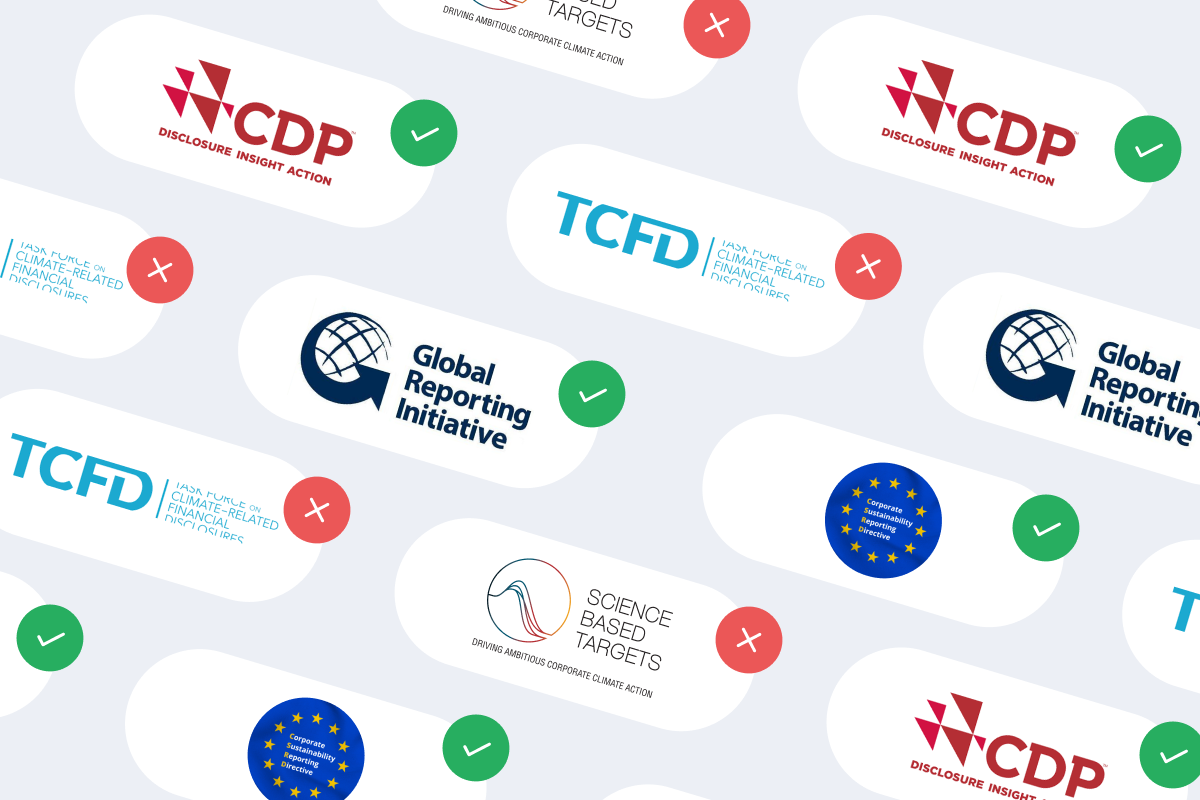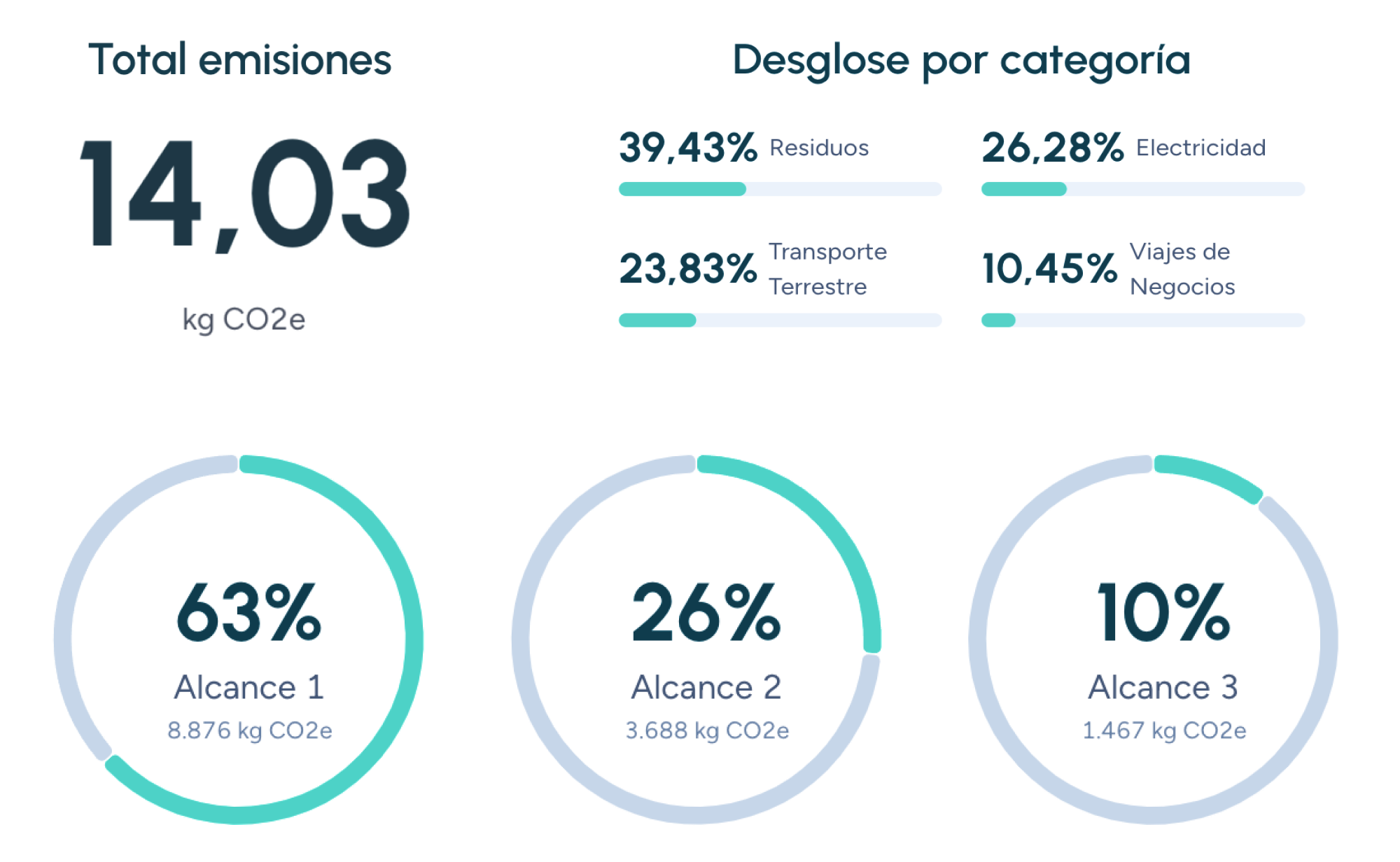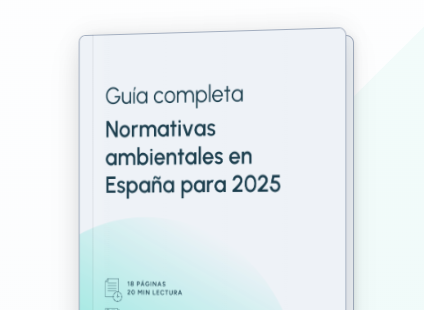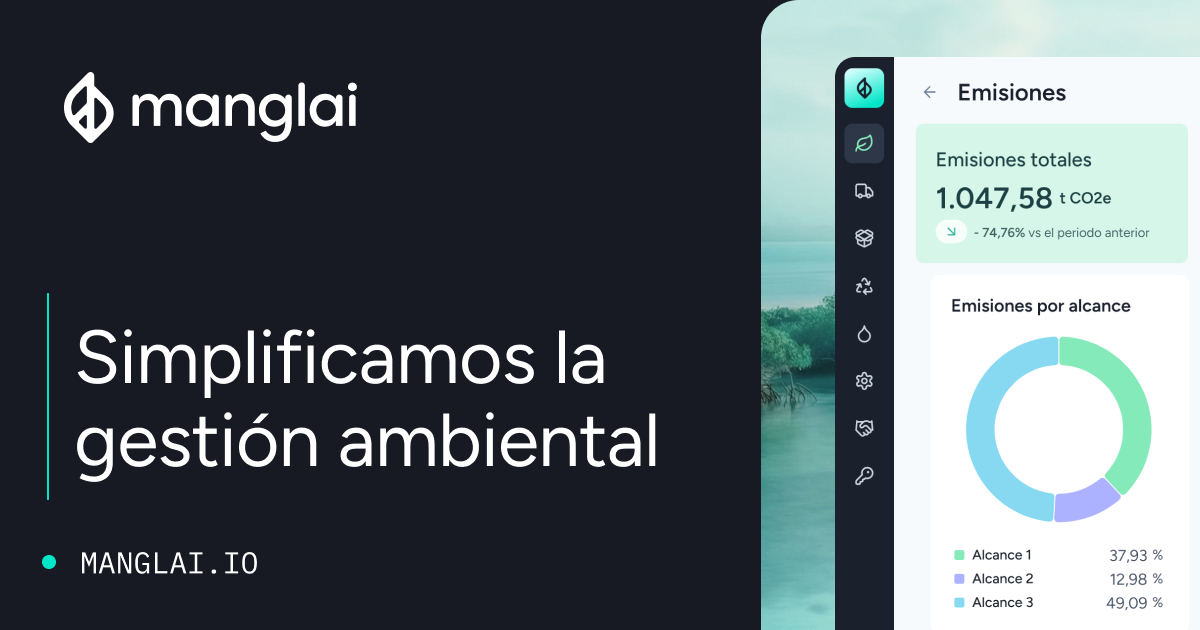Back to the blog
Product carbon footprint
Strategic Environmental Assessment (SEA): Why it is Essential for Sustainable Planning?
Jaume Fontal
CPTO & Co-Founder
Strategic Environmental Assessment, or SEA, has moved far beyond a bureaucratic box-ticking exercise and has become the real lever of competitiveness for any territory aiming to attract investment and accelerate the green transition.
Introduced at the earliest stage of urban plans, sector programmes or energy policies, SEA enables authorities to anticipate impacts, cut corrective-measure costs by roughly 35 % and shorten approval timelines for dependent projects by more than a year.
At the same time, SEA acts as a gateway to European funding, because both FEDER and Next Generation EU require a favourable assessment as an eligibility condition.
In this article we review the legal framework, walk through the step-by-step methodology and outline the financial, reputational and operational benefits gained when SEA is coherently embedded in planning strategy.
What is Strategic Environmental Assessment (SEA)?
SEA is the procedure, set out in Directive 2001/42/EC and Spain’s Law 21/2013, that systematically evaluates the environmental effects of a plan or programme before it is adopted, ensuring that political decisions are taken with the same rigour applied to a financial feasibility study.
A legal framework that both compels and protects
The European directive lays the foundations, Law 21/2013 specifies how SEA works in Spain, and regional regulations fine-tune deadlines and responsibilities.
Skipping the process exposes promoters to lawsuits, court annulments and repayment of grants, while compliance shields the project, raises its creditworthiness and speeds up authorisation of follow-on developments.
How to build a robust SEA step by step
First, scope and baseline are defined. If the object is a 3,000-hectare general urban plan, the initial state of water systems, air quality, biodiversity and climate vulnerability must be documented; this snapshot becomes the benchmark for all later analysis.
Second comes diagnosis. A checklist of 24 variables—from nitrogen-dioxide emissions to ecological connectivity—is scored from 1 to 5, revealing risks and opportunities with the same logic as a cost analysis.
For the water component, our article: Guide to Calculating the Water Footprint of a Product or Activity: Methods and Tools offers clear consumption factors.
Third, real alternatives are designed. Legislation demands at least 2 technically viable options. Adding a third, focused on ecological restoration, provides a broader comparison and, according to Spain’s Transport Ministry, lifts sustainability scores in public tenders by 18 %.
Fourth, each alternative is crossed with the 24 variables in an impact matrix. A weighting algorithm, easily reproduced in GIS software, identifies the option with the lowest overall burden and therefore the preferred choice.
Fifth, public participation takes place, now supported by digital platforms. An interactive web map multiplies constructive submissions sevenfold and cuts the risk of court challenges at the end of the process.
Sixth and last, the Strategic Environmental Report is drafted. It compiles residual impacts, sets mitigation measures and outlines a monitoring plan. On that basis the environmental authority issues the Strategic Environmental Statement, valid for 10 years and extendable if baseline conditions remain unchanged.
For details on impact matrices and weighting algorithms, see our piece: What is the ISO 14044 Standard for Life-Cycle Assessment (LCA)?
Economic and reputational advantages of SEA
Avoiding costly litigation translates directly into the bottom line: each conflict prevented saves an average of €3.8 million in compensation and site downtime.
Green lenders shave 60 to 120 basis points off interest rates for projects backed by a favourable SEA, and investment consultancies calculate that municipalities with transparent assessments attract 12 % more private capital within 3 years.
Integration with other Manglai tools
A rigorous SEA benefits from auxiliary calculations such as the corporate water footprint, which pinpoints stressed catchments and justifies retention basins or treatment wetlands, or the Zero-Waste Inventory, which plans on-site waste-valorisation areas and meets EU hierarchy requirements without last-minute surprises.
Including EPD requirements in tender documents further reduces Scope-3 impacts before contracts are signed.
Strategic Environmental Assessment (SEA): A tool for sustainable planning
SEA quantifies risk and turns sustainable planning into a process of anticipation, providing hard numbers that legitimise decisions, attract finance and facilitate dialogue with citizens. Integrating it from day one saves money, accelerates permits and boosts project credibility.
For your next step, explore our resources on water footprinting, carbon accounting and circular-economy strategy on the Manglai blog and turn every territorial plan into a sustainable success story.
FAQs about Strategic Environmental Assessment (SEA)
Is SEA mandatory for every plan?
Yes, whenever a plan is likely to have significant environmental effects. The competent authority decides, via a screening report, whether ordinary or simplified assessment is required.
How much does SEA cost and how long does it take?
Budgets range from €30,000 to €150,000 and timelines average 8 to 12 months for local plans; both figures are lower than the cost of mid-construction design changes.
What if the plan changes after the statement is issued?
Substantial modifications trigger a partial reassessment, whereas minor adjustments can be validated through a compatibility report.
Jaume Fontal
CPTO & Co-Founder
About the author
Jaume Fontal is a technology professional who currently serves as CPTO (Chief Product and Technology Officer) at Manglai, a company he co-founded in 2023. Before embarking on this project, he gained experience as Director of Technology and Product at Colvin and worked for over a decade at Softonic. At Manglai, he develops artificial intelligence-based solutions to help companies measure and reduce their carbon footprint.
Content
Companies that trust us

Real Decreto 1055/2022: Key aspects of EPR for commercial and industrial packaging in Spain
Discover how to comply with Real Decreto 1055/2022 and apply Extended Producer Responsibility (EPR) to commercial and industrial packaging.
20 October, 2025
Direct vs. Indirect Environmental Impact in Environmental Analysis: What’s the Difference?
Understand the distinction between direct and indirect impact in environmental analysis.
16 July, 2025
Environmental Transparency in Products: How to Communicate Sustainability for Responsible Consumption
Learn how product transparency drives sustainability and informed choice.
14 July, 2025
Guiding businesses towards net-zero emissions through AI-driven solutions.
© 2026 Manglai. All rights reserved
Política de Privacidad


